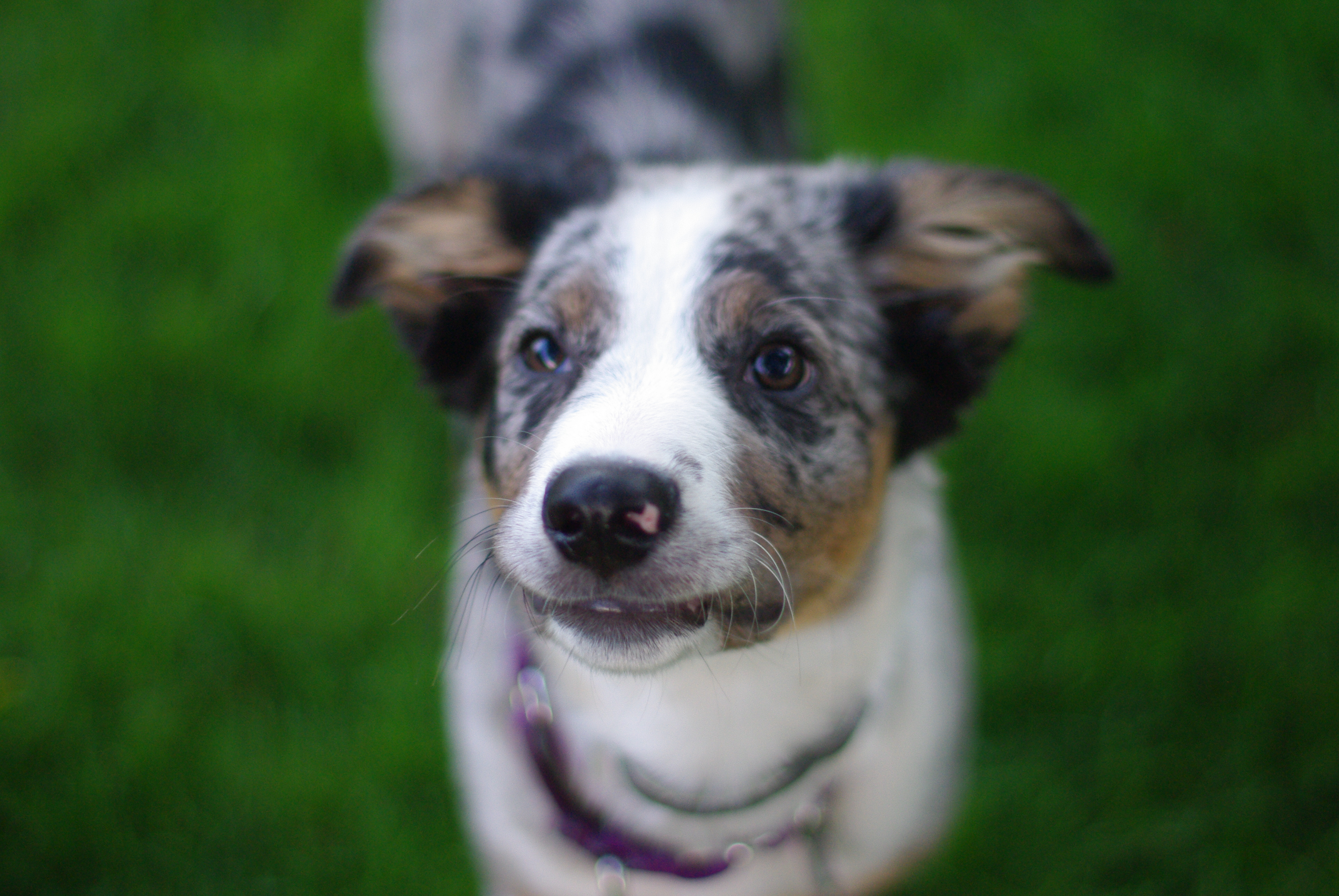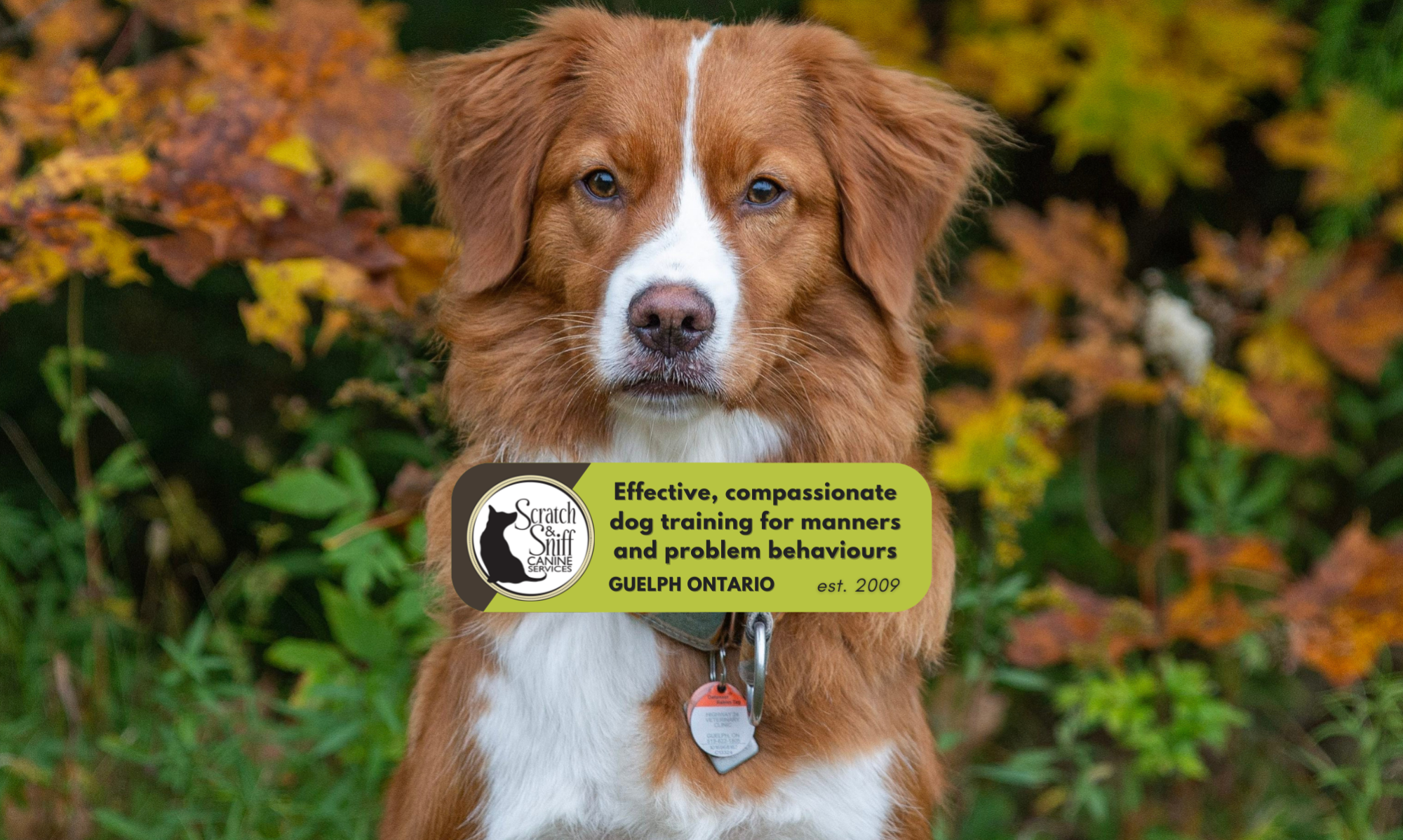 I was out for a walk on the city streets with my elderly dog, Arlo. When I saw someone approaching with a young doodle, I led Arlo up a driveway to wait for them to pass. The owner and I greeted each other briefly, and then she stopped. His owner asked me a question about my dog, and as I answered briefly, the doodle leaned into the leash and oriented his body and wide, excited eyes toward my dog, tail wagging higher and harder. The owner asked if the dogs could meet, and I politely declined. We said our goodbyes, and as she dragged her dog away he gurgled a bark through the pressure on his collar.
I was out for a walk on the city streets with my elderly dog, Arlo. When I saw someone approaching with a young doodle, I led Arlo up a driveway to wait for them to pass. The owner and I greeted each other briefly, and then she stopped. His owner asked me a question about my dog, and as I answered briefly, the doodle leaned into the leash and oriented his body and wide, excited eyes toward my dog, tail wagging higher and harder. The owner asked if the dogs could meet, and I politely declined. We said our goodbyes, and as she dragged her dog away he gurgled a bark through the pressure on his collar.
So why didn’t I allow a greeting? The answer lies in frustration, and a dog’s response to it.
Frustration often arises from being unable to fulfill an intense want or need. In our dogs, it’s usually a product of arousal in combination with restraint. For the doodle, this meant that seeing Arlo just 15 feet away resulted in feelings of excitement (arousal). He was confined on a leash, which acted as the restraint and prevented access.
This combination of factors resulted in frustration, expressed as staring and orienting, leaning hard on the leash, and vocalization. This was a pretty minor display as compared to many other dogs, but the effect on this dog – or the dog being stared down – shouldn’t be minimized.
Frustration in humans leads to all sorts of maladaptive coping mechanisms. Road rage is a perfect example of how frustration causes uncomfortable feelings up to the point of aggressive outbursts or even physical assault. Frustration is profoundly distressing for the person experiencing it, even if it doesn’t escalate to that point.
Dogs show a similar range of expression of frustration, and unfortunately the information available to most pet owners neglects to mention it as a cause of problem behaviours or even aggression. Most people do not see a connection with their cute little puppy excitedly bouncing around on the end of the leash barking because “she just wants to say hi!”
Excitement is normal, and it is not this excitement that is the problem – it is the human response to it! Too often, owners of friendly dogs allow their dogs to experience these feelings of frustration and even deliberately put their dogs in situations where it is likely to happen.
At best, they teach their dogs to get cranked up at the sight of other dogs and that pulling and barking is the best way to fulfil the desire to meet the other dog. At worst, they are cultivating an aggressive response to other dogs. That can either come from a road-rage-like response to the feelings of frustration or through well-intended training methods that include corrections like jerks to the leash. In this case, a dog who previously was excited about dogs comes to learn that the presence of other dogs causes their owner to jerk the leash, which causes them pain or discomfort. This dog can easily be convinced that other dogs aren’t good to have around and will develop an aggressive response to other dogs due to this association.
So what can you do instead? We’ll use an example of other dogs as distractions, but this is applicable to people or anything else that excites your dog in a happy way.
- Teach your dog “Say Hi!” When you say this, it means your dog is allowed to engage in a social interaction with the dog. After you say, “Say Hi!,” you can usher your dog in to greet on a loose leash or off leash. Of course, take appropriate precautions about who your dog is greeting, particularly regarding finding friendly dogs who also are allowed to greet, etc.
- Teach your dog that when you don’t say, “Say Hi!,” it means that social interaction is off limits. This is a critical distinction for your dog to understand and requires a lot of consistency on your part!
This can be achieved using a combination of factors:
Keep Your Distance
If your leashed dog is too close to the dog, she will be frustrated. It is as simple as that! How close is too close will depend very much on your dog, the dog she wants to greet, and the environment. Generally, you will be able to tell if your dog is too close because she orients fully away from you and toward the dog, blinks less or has wider eyes, leans into the leash, either stands very still or moves rapidly, and is less responsive to an offer of a treat. If she does this, move away 5 to 10 feet.
“Look, Don’t Touch”
You’ll need to prepare a baggy of treats that your dog loves – don’t be stingy! – and have these at the ready in an easily accessible pocket or training pouch. Begin at a distance where your dog notices the other dog but doesn’t display the above body language.
Notice when your dog looks toward the other dog and immediately say, “yes!” and feed a treat. It can be helpful to show the dog the treat and place it on the ground by your foot so she turns around to take the treat.
Repeat this for as many times as your dog glances at the dog. Always time “yes!” with the moment she looks; there’s no benefit in letting her stare! You will soon notice that she gives a quick glance and looks back to you before you even have a chance to say, “yes!” This is perfect! Continue to reward this! If this isn’t happening, you’ll need to begin at a longer distance or use tastier treats. It can be helpful to practise with a friend and their dog so you also get some practise before training out on walks.
“Say Hi!”
Practise “Look, Don’t Touch” without greeting the large majority of the time. This will help set an expectation that your dog is to continue past dogs and people, and it will go a long way to prevent frustration from re-emerging. When you are going to allow a greeting, for example with a neighbour or dog friend, begin with “Look, Don’t Touch” until your dog is settled and functional. You can then tell your calm dog, “Say Hi!” and allow her to greet her friends while maintaining a loose leash.
If that doodle had been put though these paces and, instead of leaning into the leash and staring, was quietly standing with her owner, I may have allowed a greeting with Arlo. While I didn’t have the impression that this dog had any aggressive intention, it’s very likely that his strained body language would have translated into a very forward, pushy introduction. This wouldn’t be fair to either dog, particularly as Arlo, at the age of 15, easily falls off balance.
Many other dogs will assume the worst if a dog pushes into their space and may react defensively to that approach. Help your dog maintain her friendly demeanour by preventing frustration.
Are you having some trouble with your pooch’s behaviour around people or dogs? Check out our group classes or private training, or contact the office and we’ll be happy to help!
